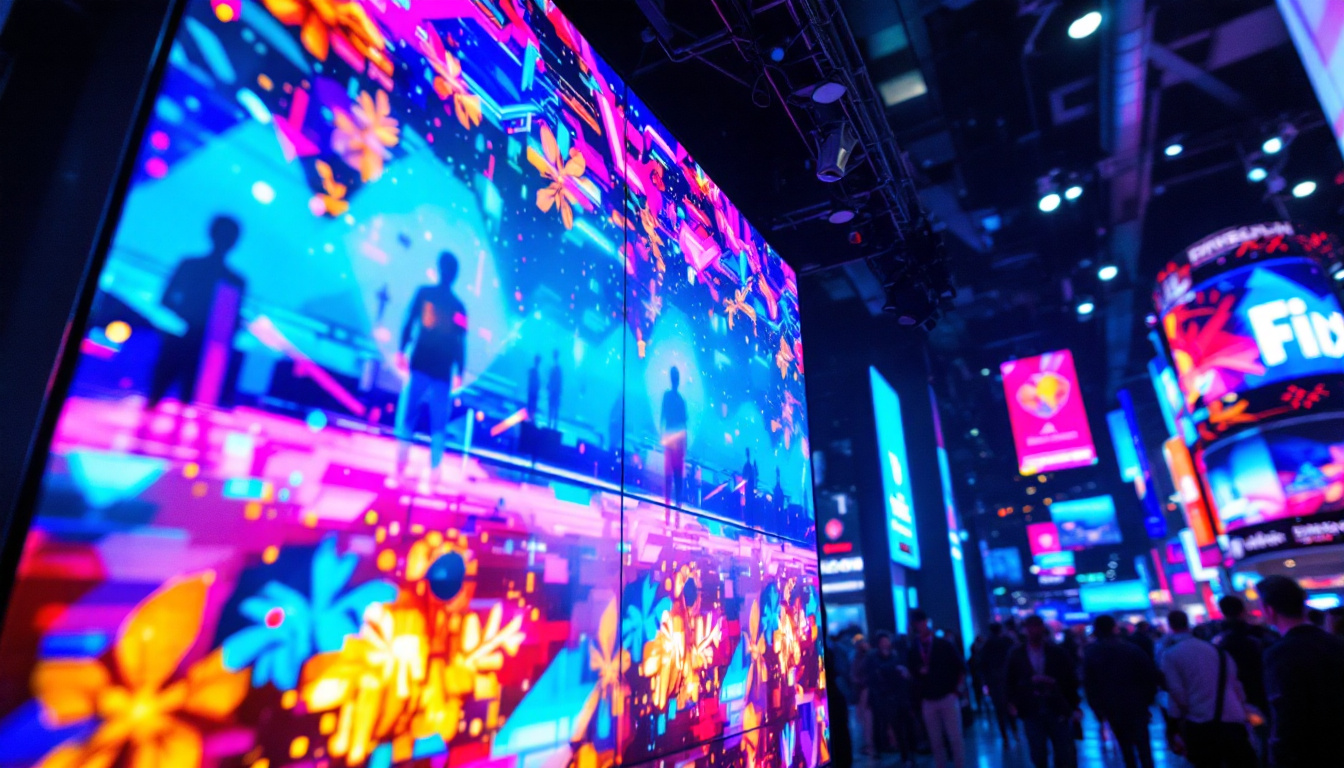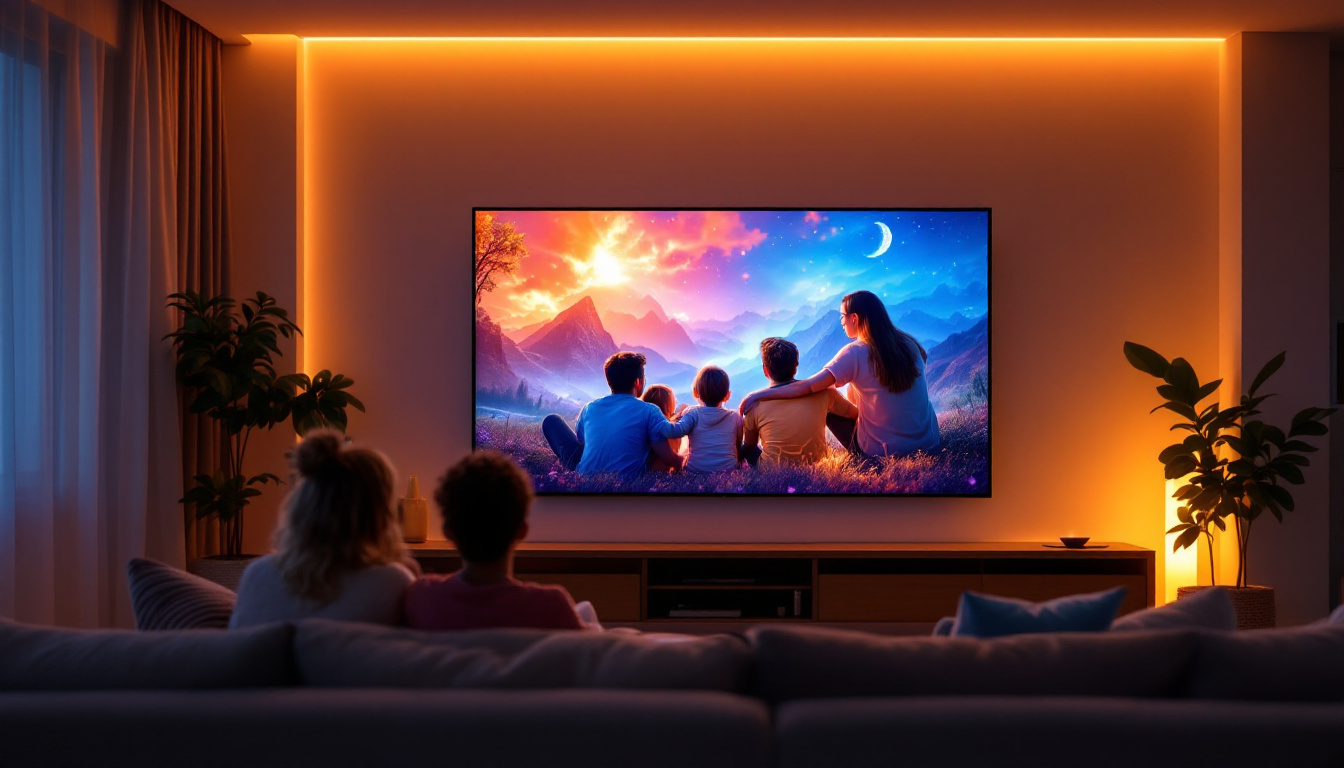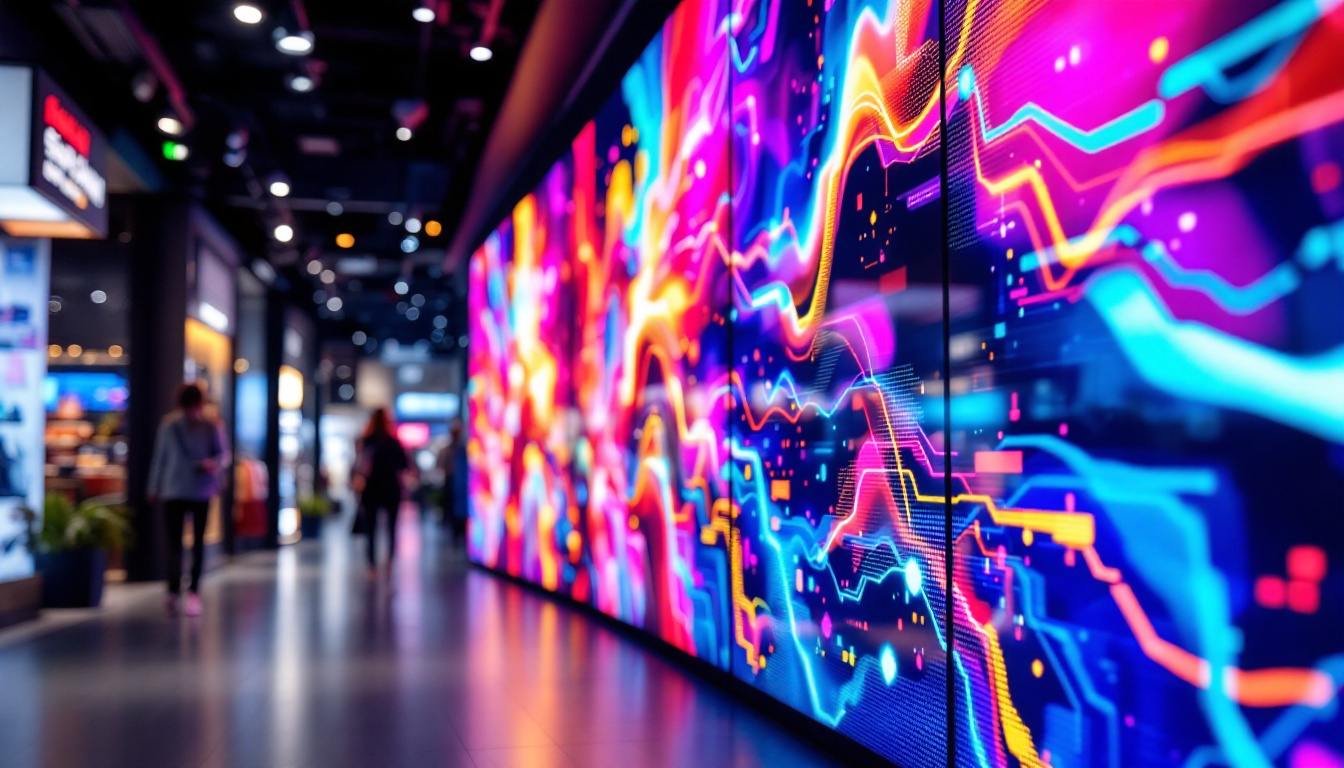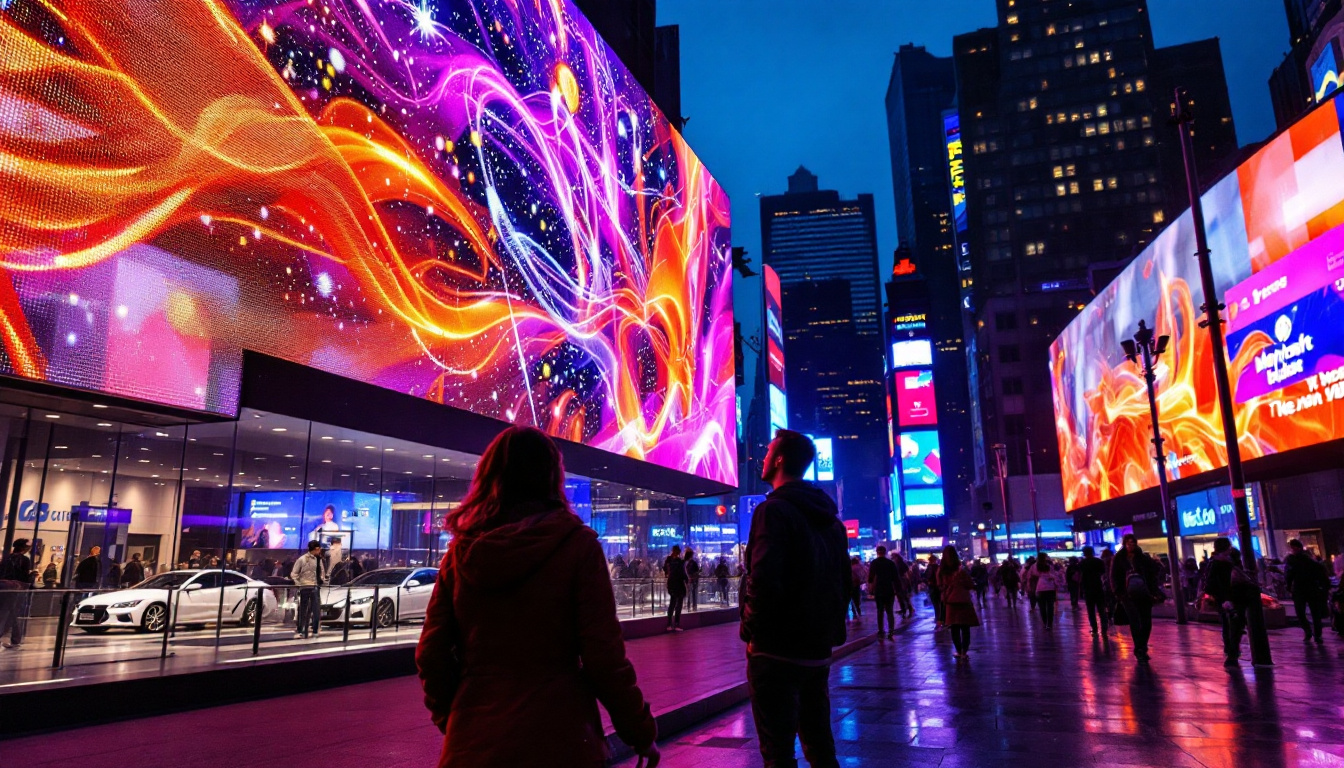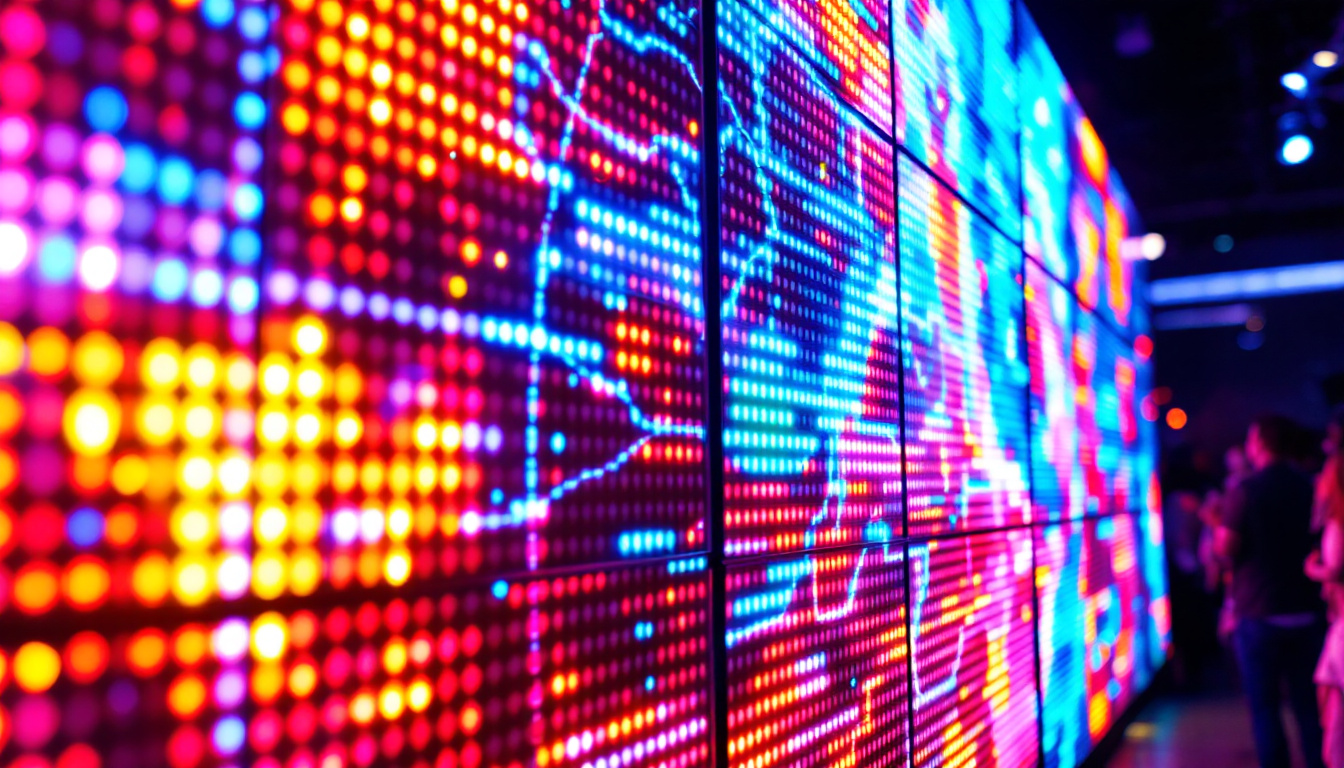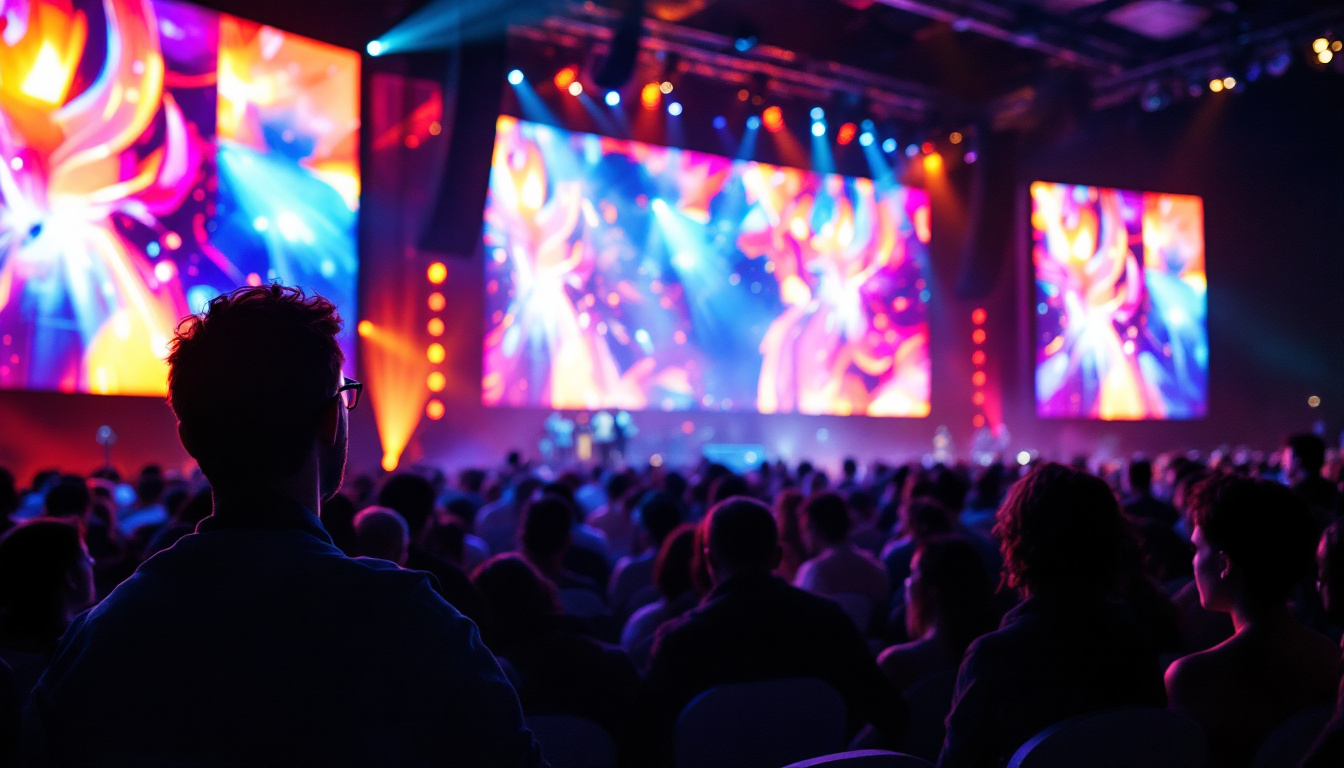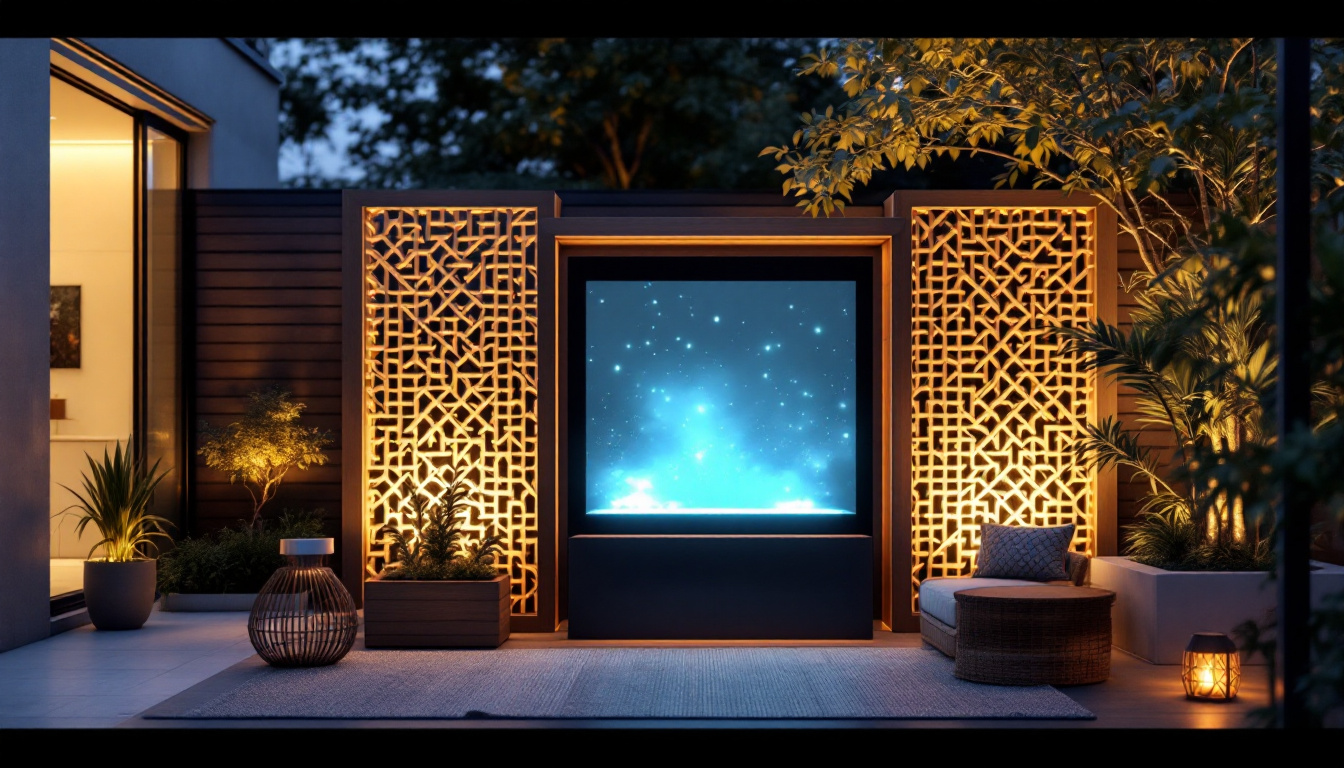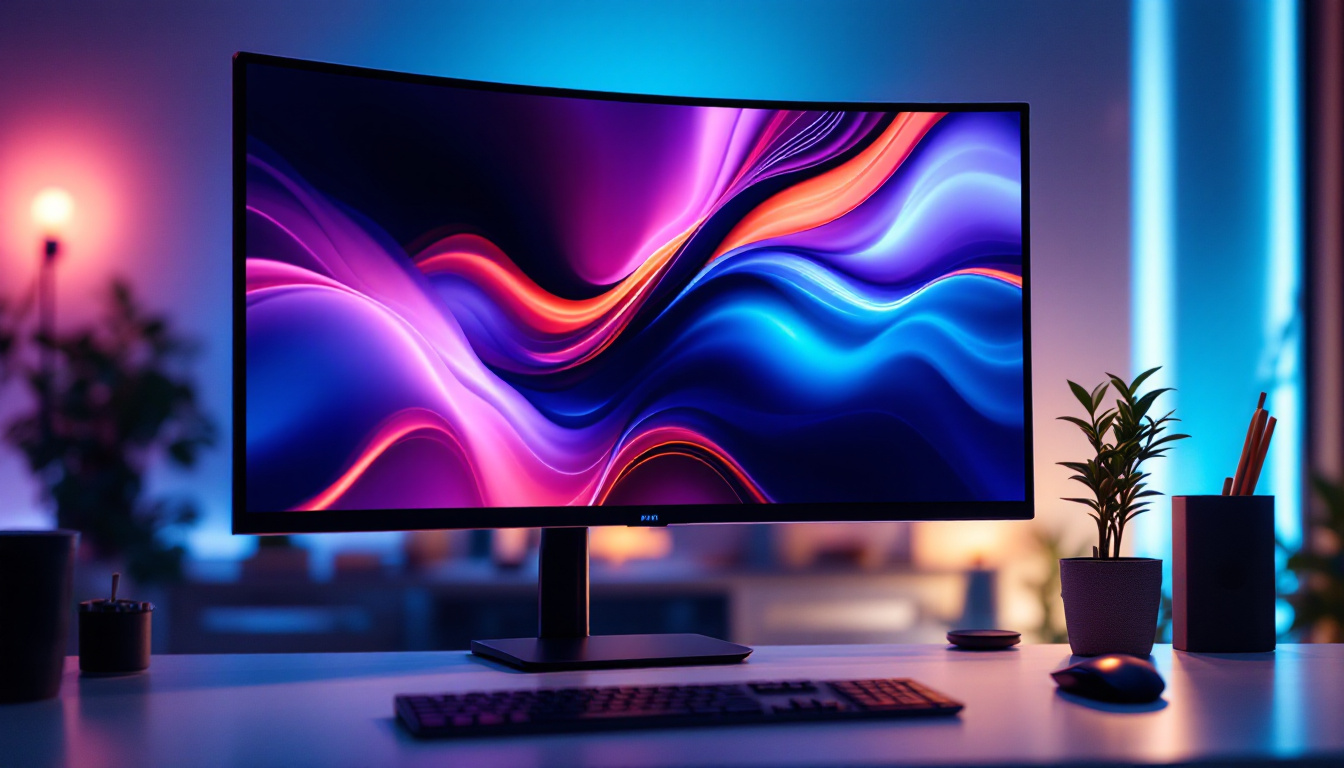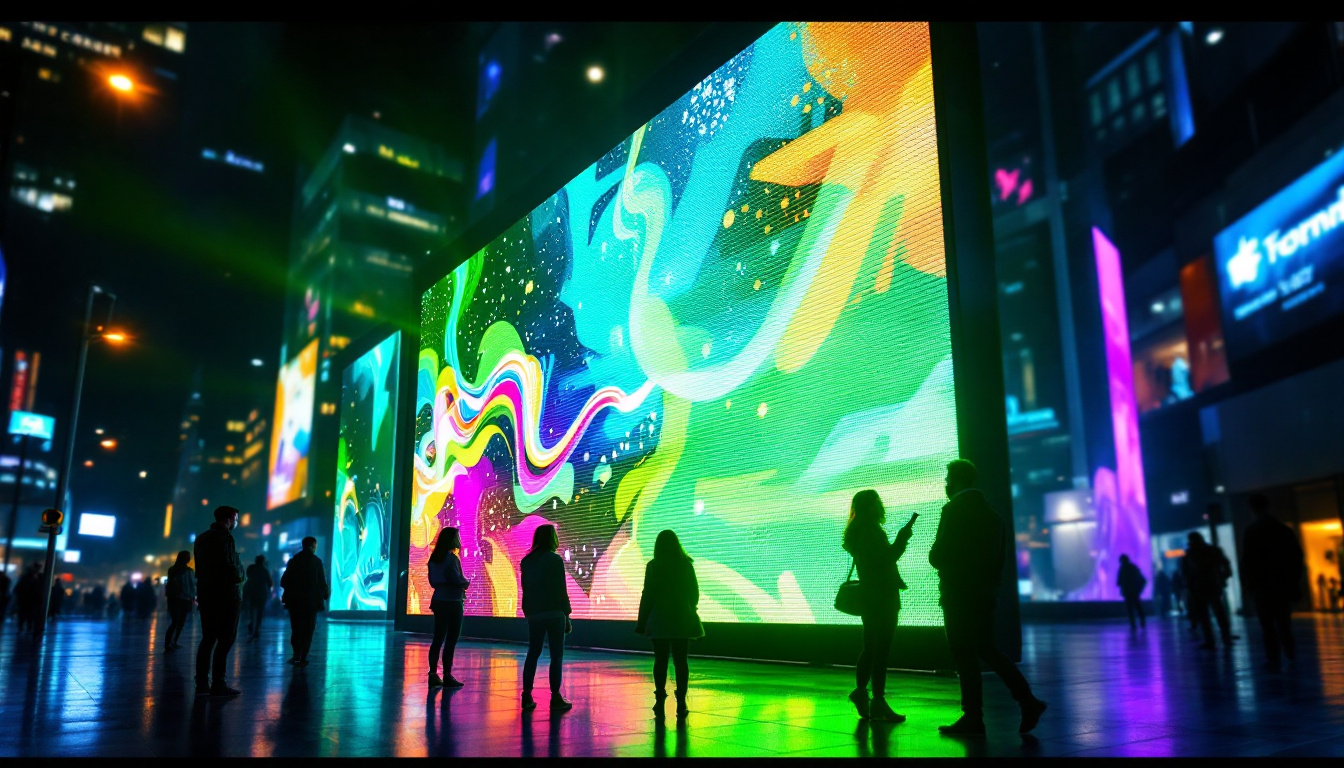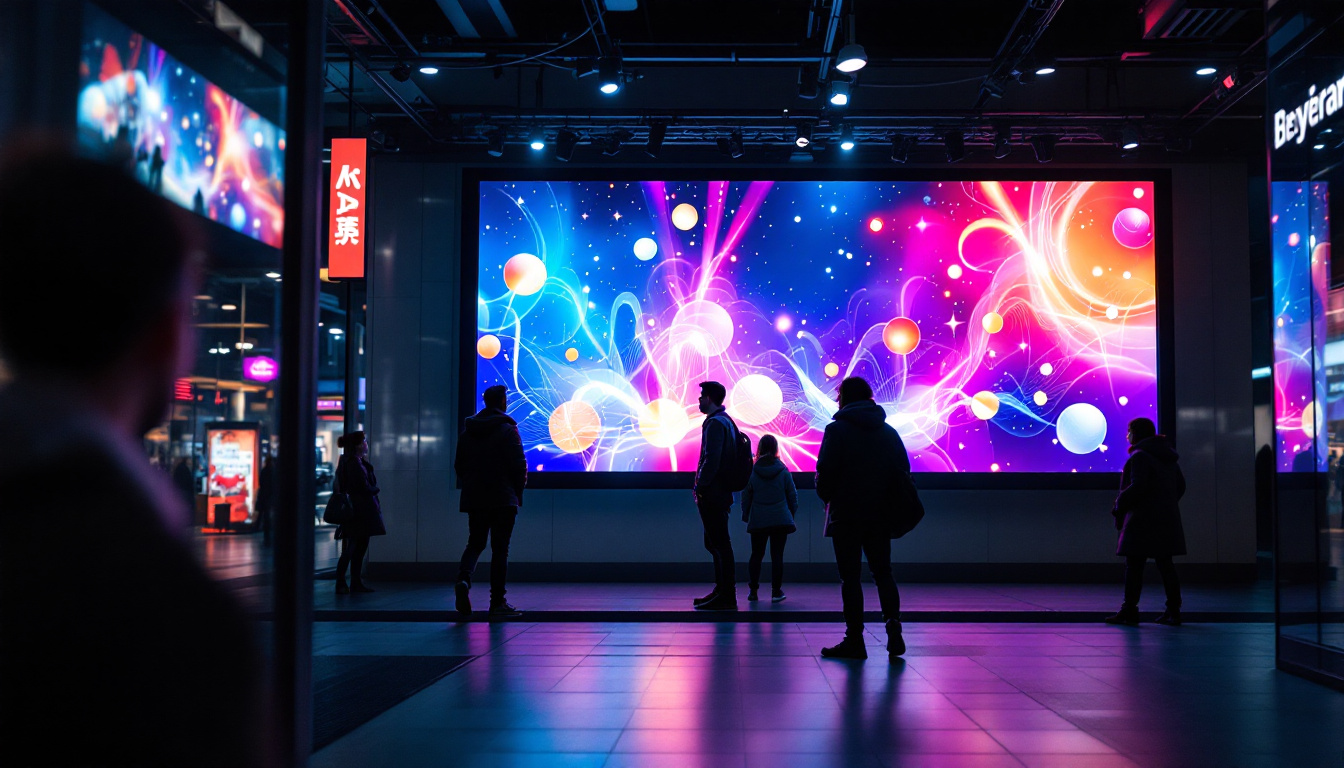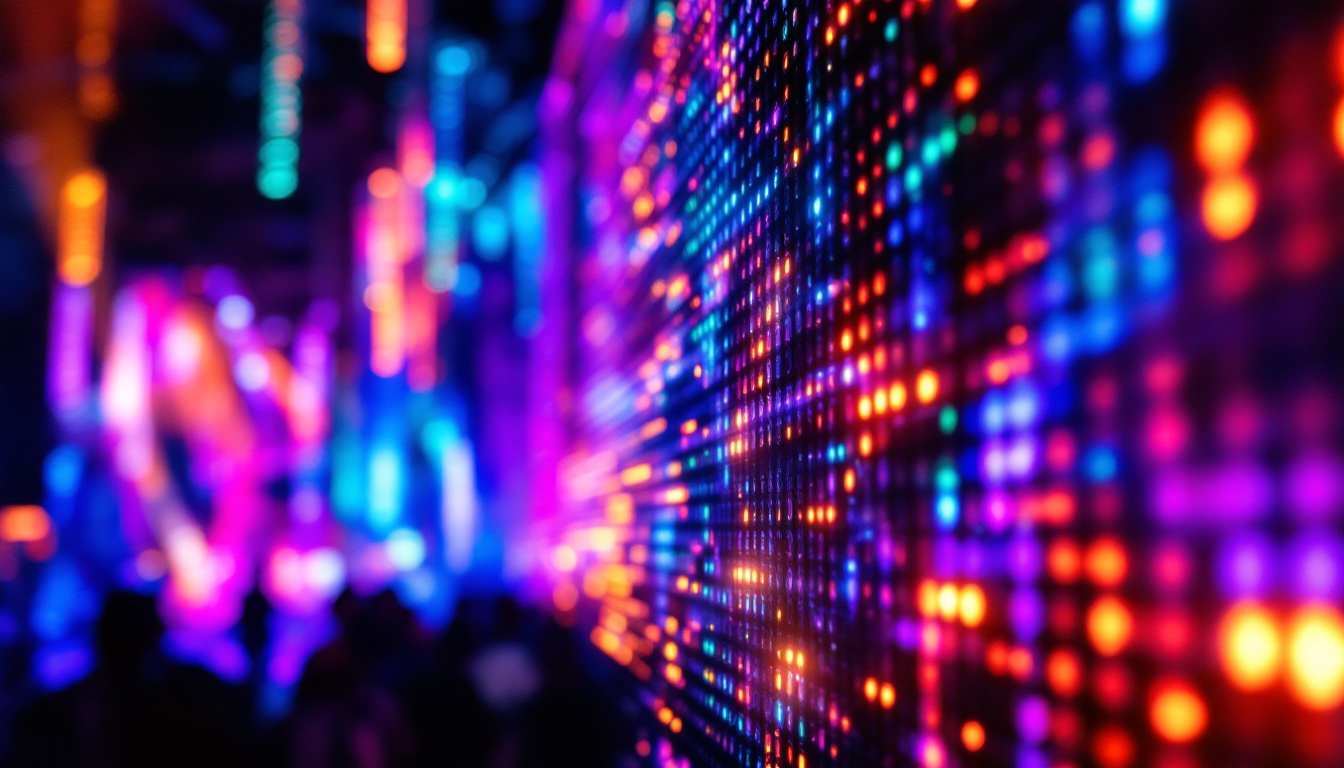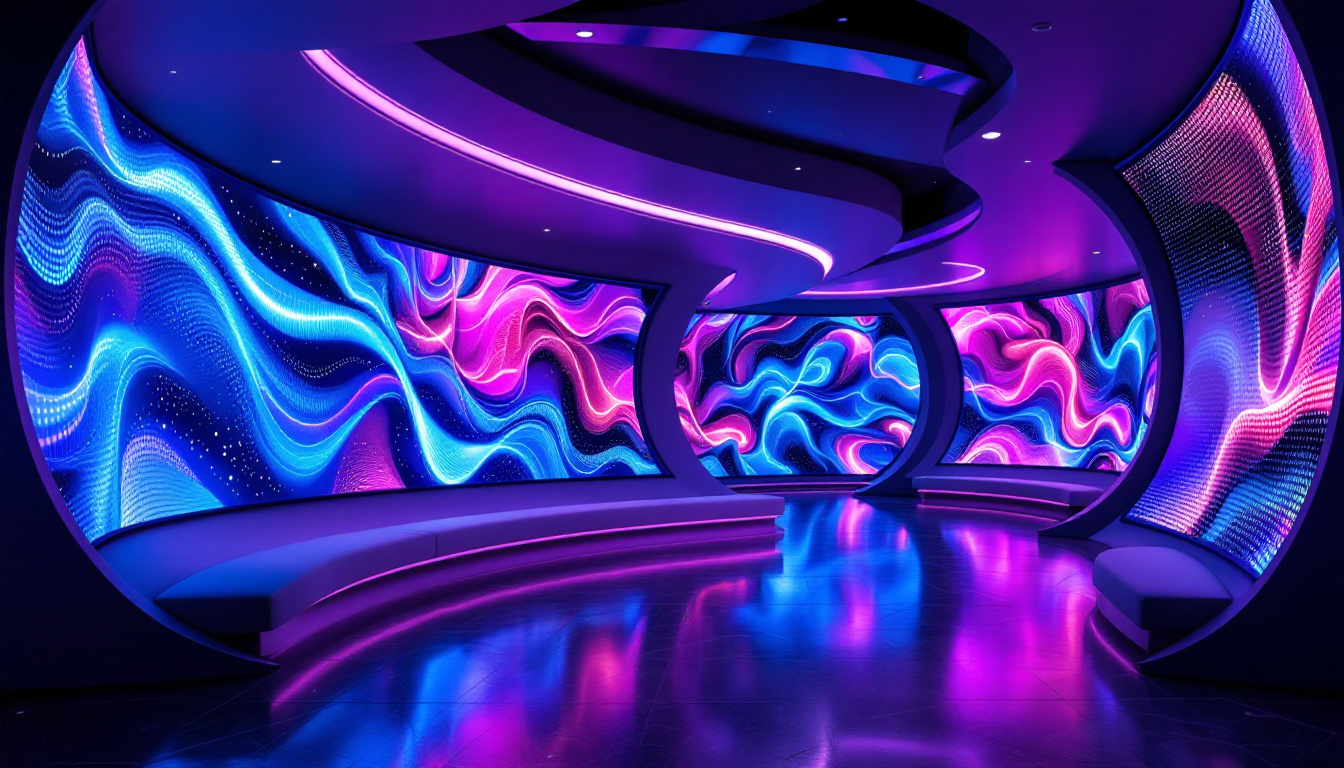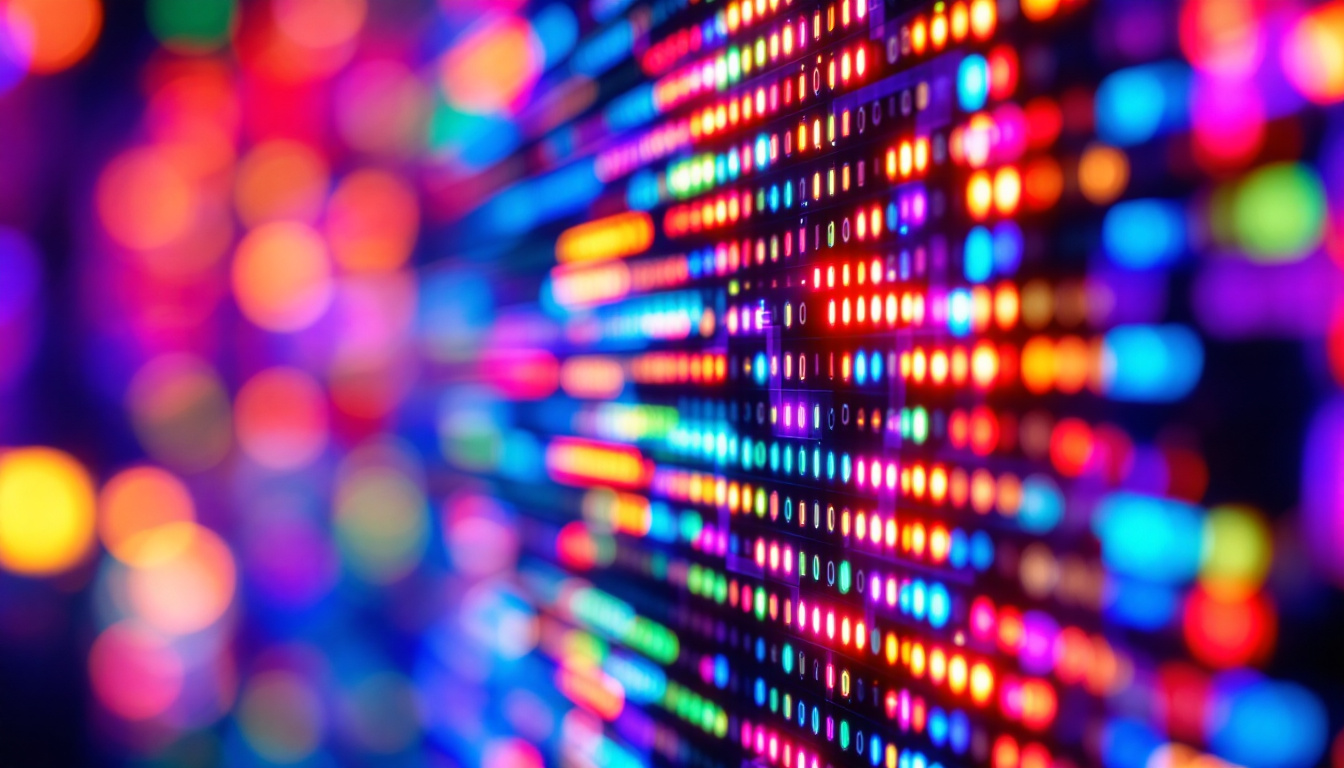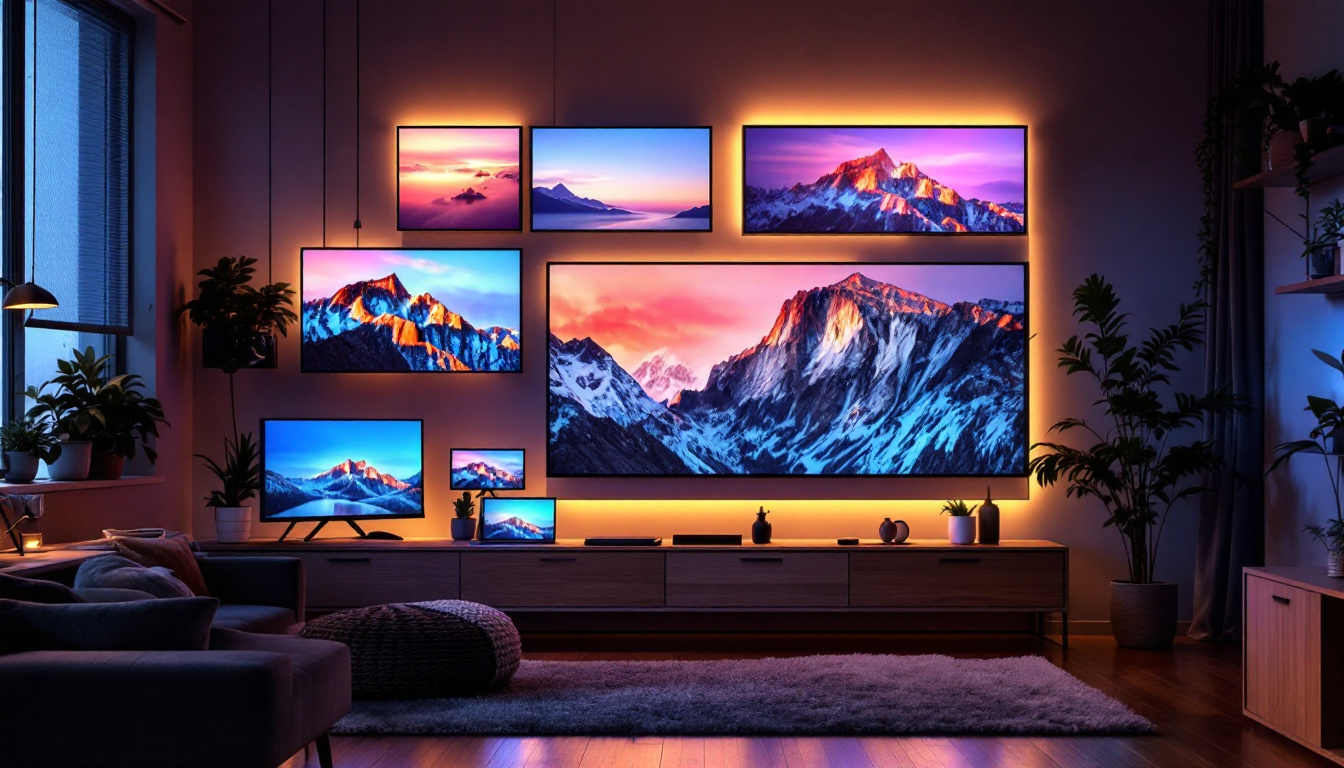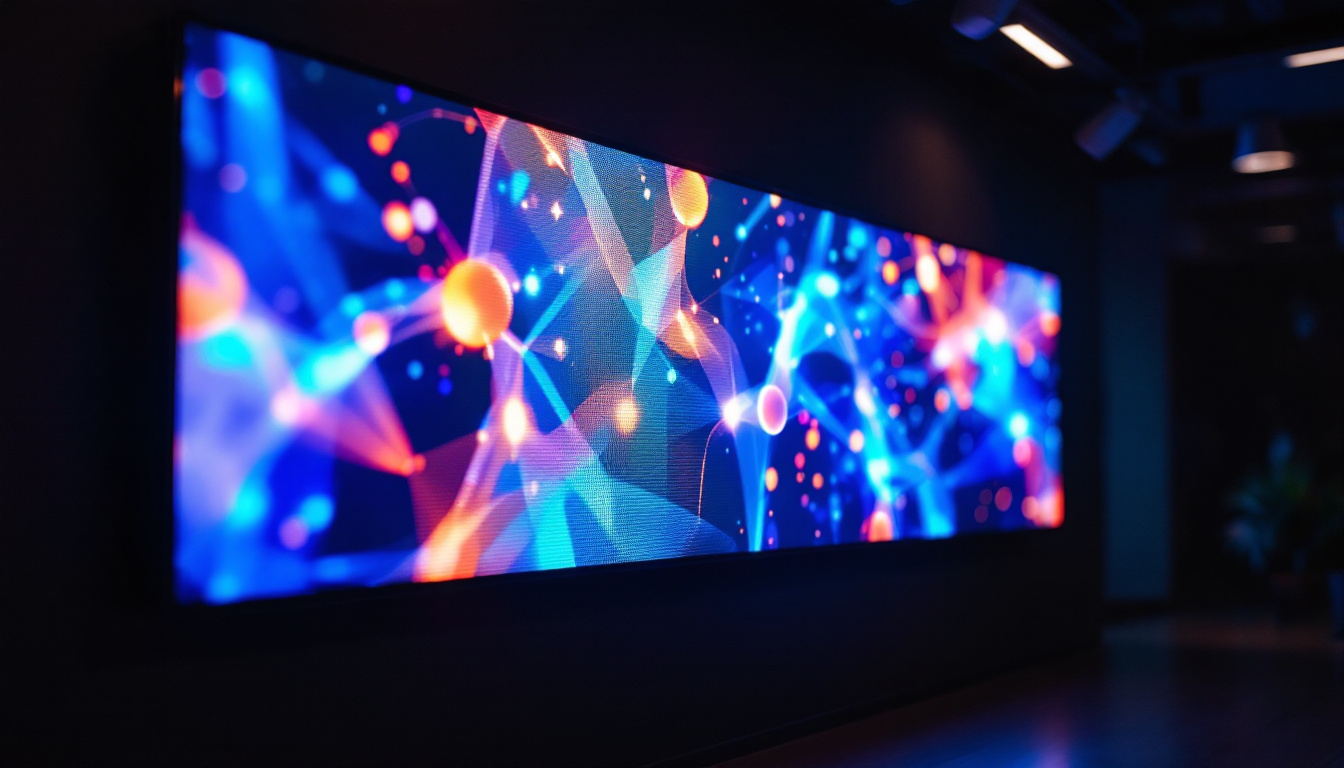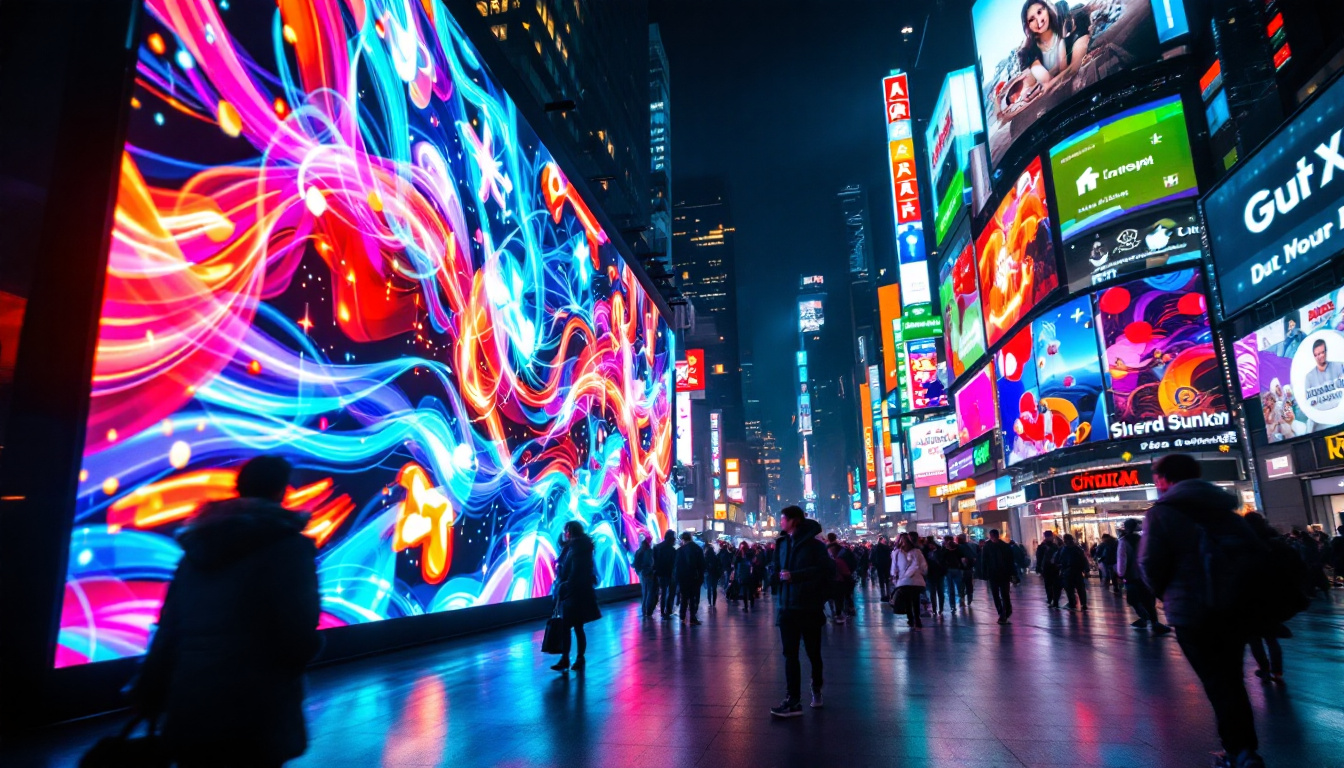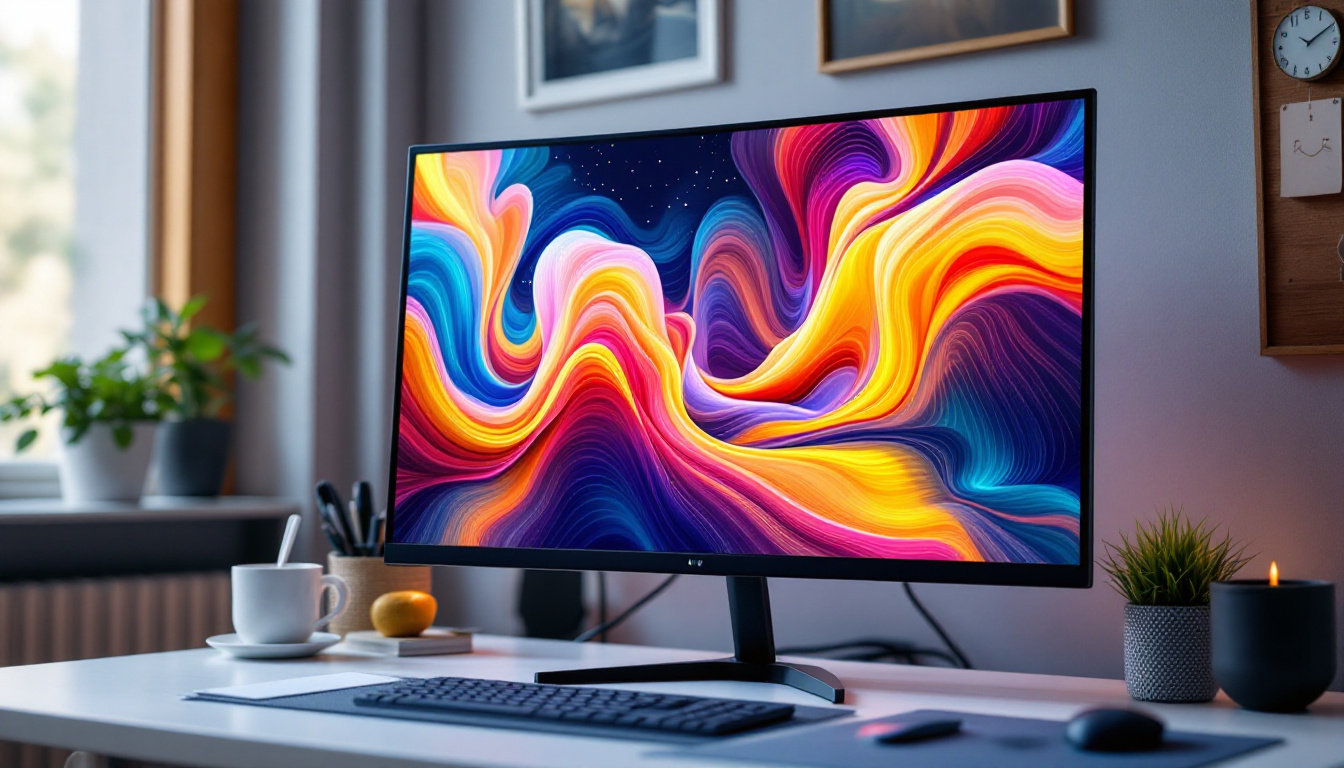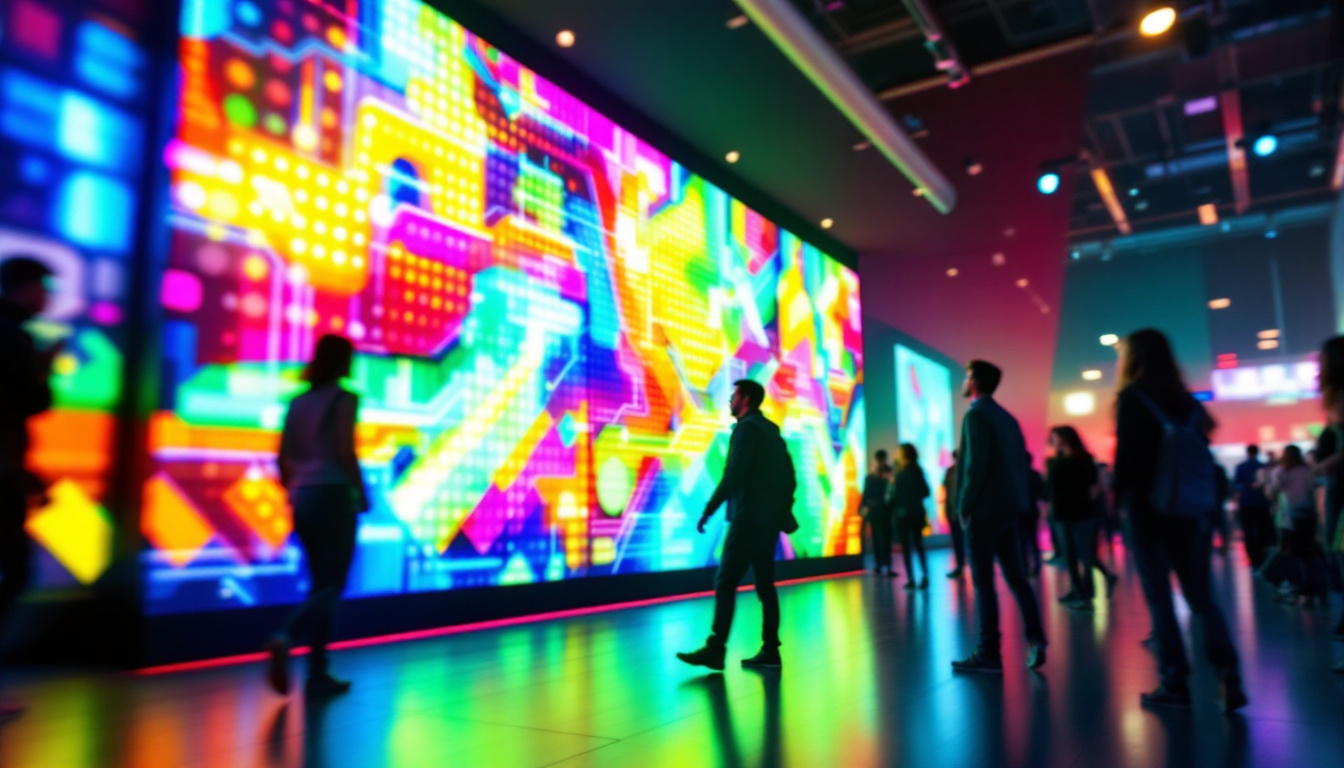In the modern world, the viewing monitor has become an essential tool for both personal and professional use. Among the various types of displays available, LED (Light Emitting Diode) technology has gained immense popularity due to its superior performance and energy efficiency. This article delves into the intricacies of LED displays, exploring their technology, advantages, and applications.
Understanding LED Technology
LED displays utilize semiconductor technology to produce light. Unlike traditional displays that rely on fluorescent or incandescent bulbs, LED monitors are made up of numerous tiny diodes that emit light when an electric current passes through them. This fundamental difference in technology leads to various advantages, including improved brightness, color accuracy, and energy efficiency. The longevity of LED displays is also noteworthy, as they can last significantly longer than their traditional counterparts, often exceeding 50,000 hours of use, which translates to years of reliable performance.
How LED Displays Work
At the core of an LED display is a matrix of tiny light-emitting diodes. These diodes can be arranged in various configurations, such as RGB (Red, Green, Blue) to create a full spectrum of colors. When combined, these colors produce the images and videos that users see on their screens. The brightness and clarity of the display can be adjusted by changing the current flowing through the diodes, allowing for dynamic contrast and vivid imagery. This adaptability makes LED displays particularly effective in various lighting conditions, from dimly lit rooms to bright outdoor environments, ensuring optimal viewing experiences regardless of the setting.
LED technology can be categorized into two main types: Direct LED and Edge-Lit LED. Direct LED displays have an array of LEDs positioned directly behind the screen, providing uniform brightness and better contrast. In contrast, Edge-Lit LED displays have LEDs positioned along the edges of the screen, using light guides to distribute brightness across the display. Each type has its advantages and is suited for different applications. For instance, Direct LED displays are often favored for professional settings where color accuracy is paramount, while Edge-Lit displays are commonly used in consumer electronics due to their thinner profile and lower production costs.
Types of LED Displays
LED displays can be further classified into several types, each designed for specific uses. The most common types include:
- LCD with LED Backlighting: These monitors use liquid crystal display technology with LED backlighting. They offer improved color accuracy and energy efficiency compared to traditional LCDs. This combination has made them a popular choice for both personal and professional use, as they provide a good balance between performance and cost.
- OLED (Organic LED): Unlike standard LED displays, OLED screens use organic compounds that emit light. This technology allows for deeper blacks and higher contrast ratios, making it ideal for high-end televisions and smartphones. The flexibility of OLED displays also enables innovative designs, such as curved screens and ultra-thin profiles, which enhance the aesthetic appeal of modern devices.
- Mini-LED and Micro-LED: These are advanced forms of LED technology that utilize smaller diodes for more precise control over brightness and color. They are becoming increasingly popular in premium displays. Mini-LED technology, for instance, enhances local dimming capabilities, resulting in better contrast and improved HDR performance, while Micro-LED offers the potential for modular displays that can be customized in size and shape, paving the way for new possibilities in display design.
Advantages of LED Displays
LED displays offer numerous benefits that make them a preferred choice for consumers and businesses alike. Understanding these advantages can help in making informed decisions when purchasing a new monitor or display.
Energy Efficiency
One of the most significant advantages of LED displays is their energy efficiency. Compared to traditional displays, LED monitors consume significantly less power, leading to lower electricity bills and a reduced carbon footprint. This energy efficiency is particularly important for businesses that rely on multiple monitors for daily operations.
Moreover, the long lifespan of LED technology means that users can enjoy their displays for years without needing replacement. This longevity further contributes to cost savings over time, making LED displays a smart investment.
Superior Image Quality
LED displays are renowned for their superior image quality. They offer higher brightness levels, which means that images remain clear and vibrant even in well-lit environments. The color accuracy of LED displays is also impressive, allowing for a more immersive viewing experience.
Additionally, many LED monitors come equipped with advanced features such as high dynamic range (HDR) support, which enhances the contrast and color range of images. This technology is particularly beneficial for photographers, graphic designers, and gamers who require precise color representation.
Thin and Lightweight Design
The design of LED displays is another notable advantage. These monitors are typically thinner and lighter than their LCD counterparts, making them easier to mount on walls or transport. This sleek design not only enhances the aesthetic appeal of any workspace but also allows for more flexible arrangements in both home and office settings.
Applications of LED Displays
LED displays are versatile and can be found in a wide range of applications. From personal use to large-scale commercial installations, their adaptability makes them suitable for various environments.
Home Entertainment
In the realm of home entertainment, LED displays have revolutionized the way people consume media. Modern televisions leverage LED technology to provide stunning visuals and an immersive viewing experience. With the rise of streaming services and 4K content, LED TVs have become the centerpiece of many living rooms.
Furthermore, gaming monitors equipped with LED technology offer high refresh rates and low response times, catering to the needs of avid gamers. The combination of vibrant colors and fast performance ensures that gaming sessions are both enjoyable and competitive.
Commercial Use
In commercial settings, LED displays are used for advertising, presentations, and information dissemination. digital signage powered by LED technology allows businesses to showcase their products and services dynamically. This form of advertising is not only eye-catching but also easily updatable, providing businesses with a flexible marketing tool.
Moreover, LED displays are commonly used in conference rooms and educational institutions. Their clarity and brightness make them ideal for presentations, ensuring that all attendees can view the content without straining their eyes.
Outdoor Displays
Outdoor LED displays are increasingly popular for events, concerts, and public announcements. These displays are designed to withstand harsh weather conditions while delivering high visibility even in bright sunlight. Their durability and brightness make them an excellent choice for outdoor advertising and entertainment.
Choosing the Right LED Monitor
When selecting an LED monitor, several factors should be considered to ensure that it meets the user’s needs. Understanding these factors can help make an informed purchase decision.
Screen Size and Resolution
The screen size and resolution are crucial elements to consider. Larger screens provide a more immersive experience, while higher resolutions (such as 4K) offer greater detail and clarity. Users should assess their workspace and intended use to determine the ideal screen size and resolution for their needs.
Refresh Rate and Response Time
For gaming and fast-paced video content, the refresh rate and response time of the monitor are critical. A higher refresh rate (measured in Hertz) results in smoother motion, while a lower response time reduces motion blur. Gamers, in particular, should prioritize these specifications to enhance their gaming experience.
Connectivity Options
Modern LED monitors come with various connectivity options, including HDMI, DisplayPort, and USB-C. Ensuring that the monitor has compatible ports for the user’s devices is essential for seamless connectivity. Additionally, features such as built-in speakers and USB hubs can enhance the overall user experience.
Future of LED Display Technology
The future of LED display technology is promising, with ongoing advancements that continue to enhance performance and user experience. Innovations such as flexible displays, transparent screens, and improved energy efficiency are on the horizon, paving the way for new applications and possibilities.
Flexible and Bendable Displays
One of the most exciting developments in LED technology is the emergence of flexible and bendable displays. These screens can be curved or shaped to fit various surfaces, opening up new possibilities for design and functionality. From wearable devices to innovative architectural applications, the potential for flexible displays is vast.
Transparent LED Displays
Transparent LED displays are another area of growth, allowing for screens that can blend seamlessly into their surroundings. This technology is particularly appealing for retail environments, where businesses can showcase products while maintaining visibility into their stores. As this technology matures, it could revolutionize how displays are integrated into everyday spaces.
Enhanced Energy Efficiency
As environmental concerns continue to grow, the demand for energy-efficient technologies will drive further innovations in LED displays. Future advancements may lead to even lower power consumption and longer lifespans, making LED displays an even more sustainable choice for consumers and businesses alike.
Conclusion
LED displays have transformed the way we interact with technology, offering superior performance, energy efficiency, and versatility. From personal use in home entertainment to commercial applications, the benefits of LED technology are undeniable. As advancements continue to shape the future of displays, users can expect even more exciting developments that will enhance their viewing experiences.
In a world where visual clarity and energy efficiency are paramount, LED displays stand out as a leading choice for consumers and businesses alike. Understanding the technology, advantages, and applications of LED displays is essential for making informed decisions in an ever-evolving digital landscape.
Discover LumenMatrix LED Display Solutions
Ready to elevate your visual experience with the latest in LED technology? Look no further than LumenMatrix, a pioneer in crafting LED display modules that bring your content to life. Whether you’re looking to enhance your brand’s visibility, captivate your audience with an Indoor LED Wall Display, or make a bold statement with an Outdoor LED Wall Display, LumenMatrix offers a diverse range of solutions tailored to your needs. Explore our innovative offerings, including Vehicle LED Displays, LED Poster Displays, and more, to create unforgettable visual experiences. Check out LumenMatrix LED Display Solutions today and transform the way you communicate visually.





